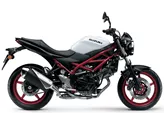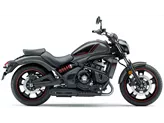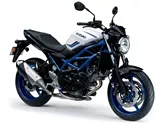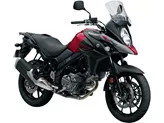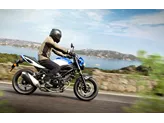Kawasaki Vulcan S 2019 vs. Suzuki SV 650 2016

Kawasaki Vulcan S 2019

Suzuki SV 650 2016
Overview - Kawasaki Vulcan S 2019 vs Suzuki SV 650 2016

Kawasaki Vulcan S 2019

Suzuki SV 650 2016
Technical Specifications Kawasaki Vulcan S 2019 compared to Suzuki SV 650 2016
Pros and Cons in comparison
Pros and Cons in comparison
Kawasaki Vulcan S 2019

No matter which platform Kawasaki puts the 650 cubic two-cylinder in, the result is always a great motorbike! Even though the engine is unusually rev-happy for a cruiser, it results in a cruiser that actually qualifies as a sports cruiser when paired with the sporty chassis set-up. The only brake is the limited lean angle clearance, but this will not deter lovers of hearty footrest grinding. With such a good bike, we hope that Kawasaki will follow suit - after all, the Vulcan S has been with us almost unchanged since 2015.
Suzuki SV 650 2016

The new SV650 continues the visual minimalism of the first two SV650 generations, but builds technically on its direct predecessor, the SFV650 Gladius - two excellent moves that turn the very modern SV650 into a classic. The design fits wonderfully into the era of many retro conversions, but inside there are also modern gimmicks that make it easier for beginners in particular to get started. The engine, on the other hand, can also convince advanced riders; the typical V2 feeling is wonderful. You shouldn't expect extreme sportiness in the chassis and brakes, but the price of just under 6400 euros (in Germany) is a statement that the competition will have to swallow.



